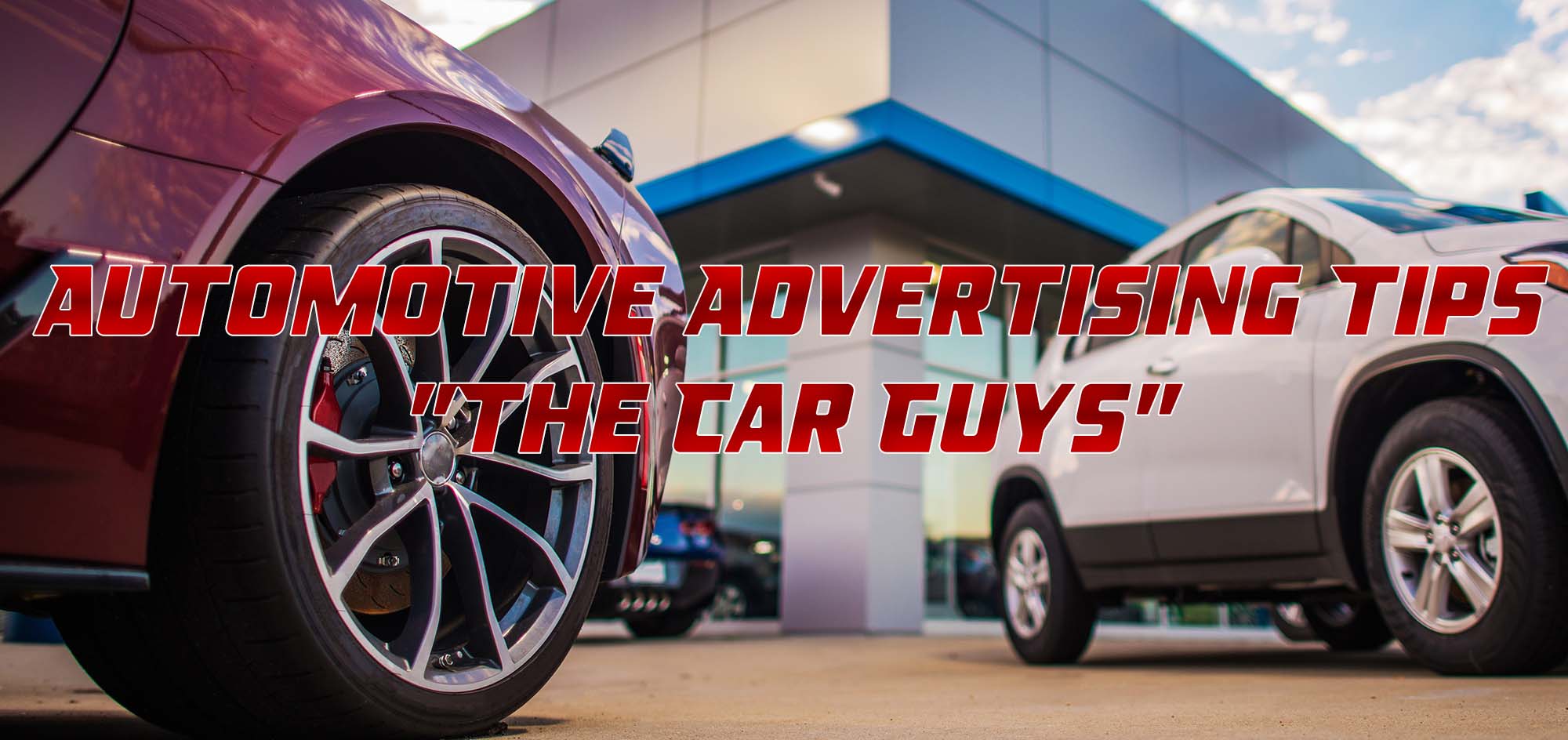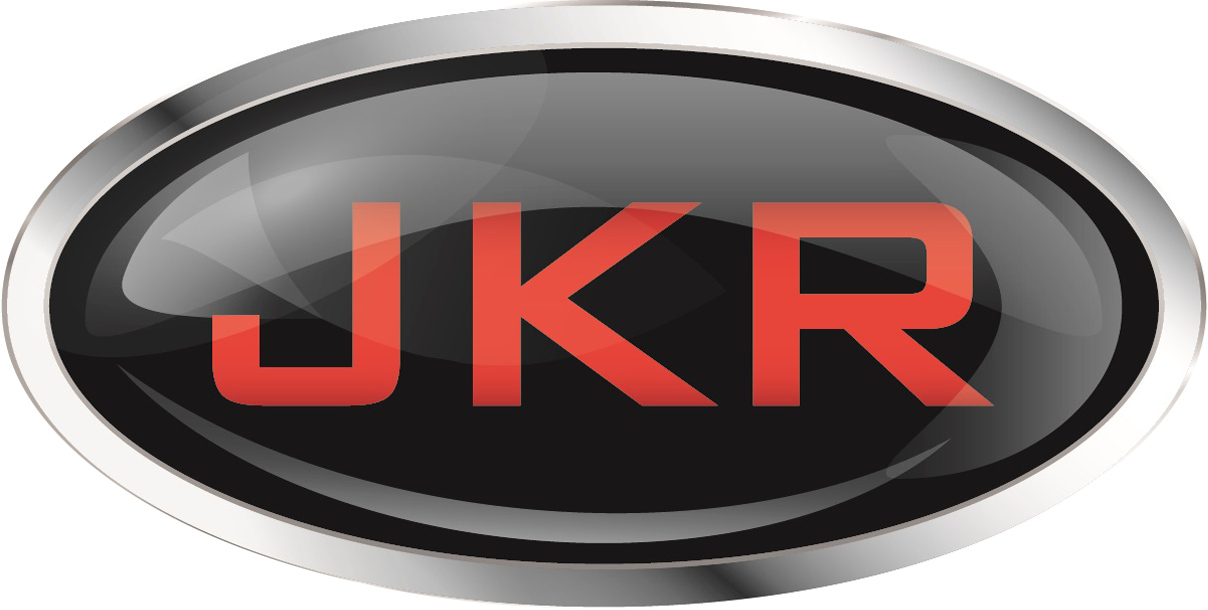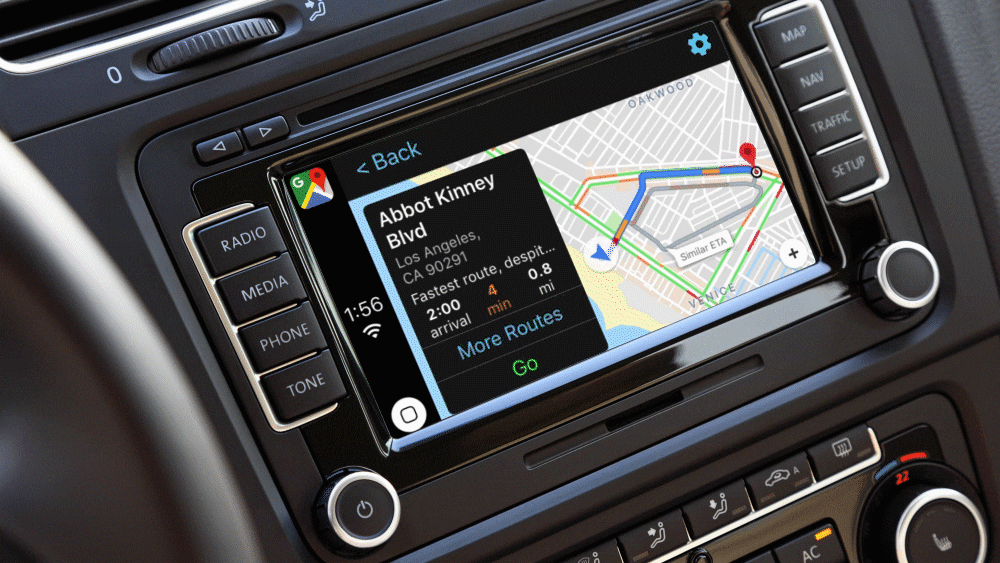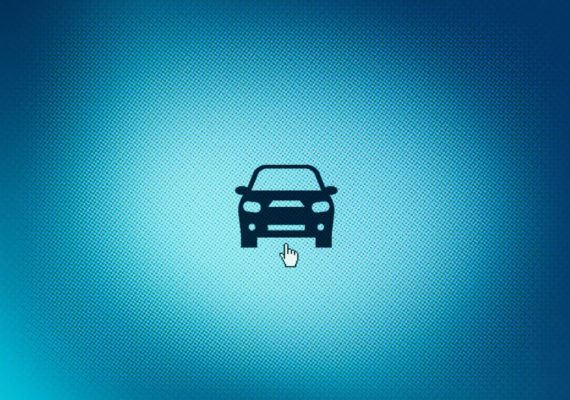The automotive companies that will win are the ones that offer real-time inventory numbers, customization options and nuanced pricing details. Instead of following a plodding, three- to five-year rollout plan for digital touchpoints, executives need to shift their gears now, and those who move sooner will do it better in the long-term. It’s become obvious that these new marketing tactics won’t be temporary, and they’ll require a whole separate area of expertise that focuses on data.
3. Siloed data and tools won’t work.
Automotive companies are used to working in silos — with marketing, sales, service and financing focused on their own specialties. In the digital world, this hinders cross-communication about customers and relevant data that could lead to sales, such as responses to advertising, website views, dealership visits, service history and previous buyer information. Although some automotive leaders have begun to link their systems, there’s still a chasm between manufacturers and dealers, as well as departments within each. There’s no true end-to-end framework to track marketing campaigns, prioritize likely buyers, personalize messages, or ensure that the sales and service teams have complete customer information.
We’ve seen that once automakers combine their data to understand their buyers, they become more strategic and boost their conversion rates. With connected data streams, executives can sort out the qualified buyers and track the precise steps in the customer journey. They can also build marketing campaigns to reach customers at the right time with personalized messages for car maintenance, test drives, price reductions and vehicle trade-in offers. Simply put, the new focus on data is about creating a seamless buyer experience.
4. Automakers need a solid data foundation.
To combine these siloed approaches to data, automotive companies need to look at their marketing technology tools and reimagine the full buyer’s journey in a digital world. The tricky part, of course, is that current dealer management systems don’t always connect well with marketing technology or other systems. At the same time, it’s not plausible for companies to start from scratch with entirely new systems.
Instead, they can take an inventory of their current data and use a tool like a customer data platform (CDP) to bridge the gap and bring the information together. With unified data, automotive marketers can track a particular customer or group potential buyers based on their interests and needs. For instance, if they want to reach truck buyers between ages 30-50 who have an expiring lease, they can create a segmented list and send out tailored messages that make sense — and hit at the ideal time.
When Subaru made the transition, for instance, the team was able to combine data from multiple touchpoints, including social media, advertising, email, their mobile app, in-person car shows, test drives, dealership visits and service records. They were able to personalize messaging, improve ad performance, increase sales and significantly grow their dealership close rates.
Now is the time to prepare for the impending impact on the automotive industry and find new ways to move forward. Digital is the “big battleground now,” as one of the industry leaders said, and “everyone is fighting for that digital customer.” Those who can glean data and interpret it correctly will get a better sense of who’s in the market for a vehicle and how to deliver a smooth buying experience to them. That’s where the future lies. Click to read this original article here >>
Forbes Communications Council is an invitation-only community for executives in successful public relations, media strategy, creative and advertising agencies. Do I qualify? Click to read this original article here >>



